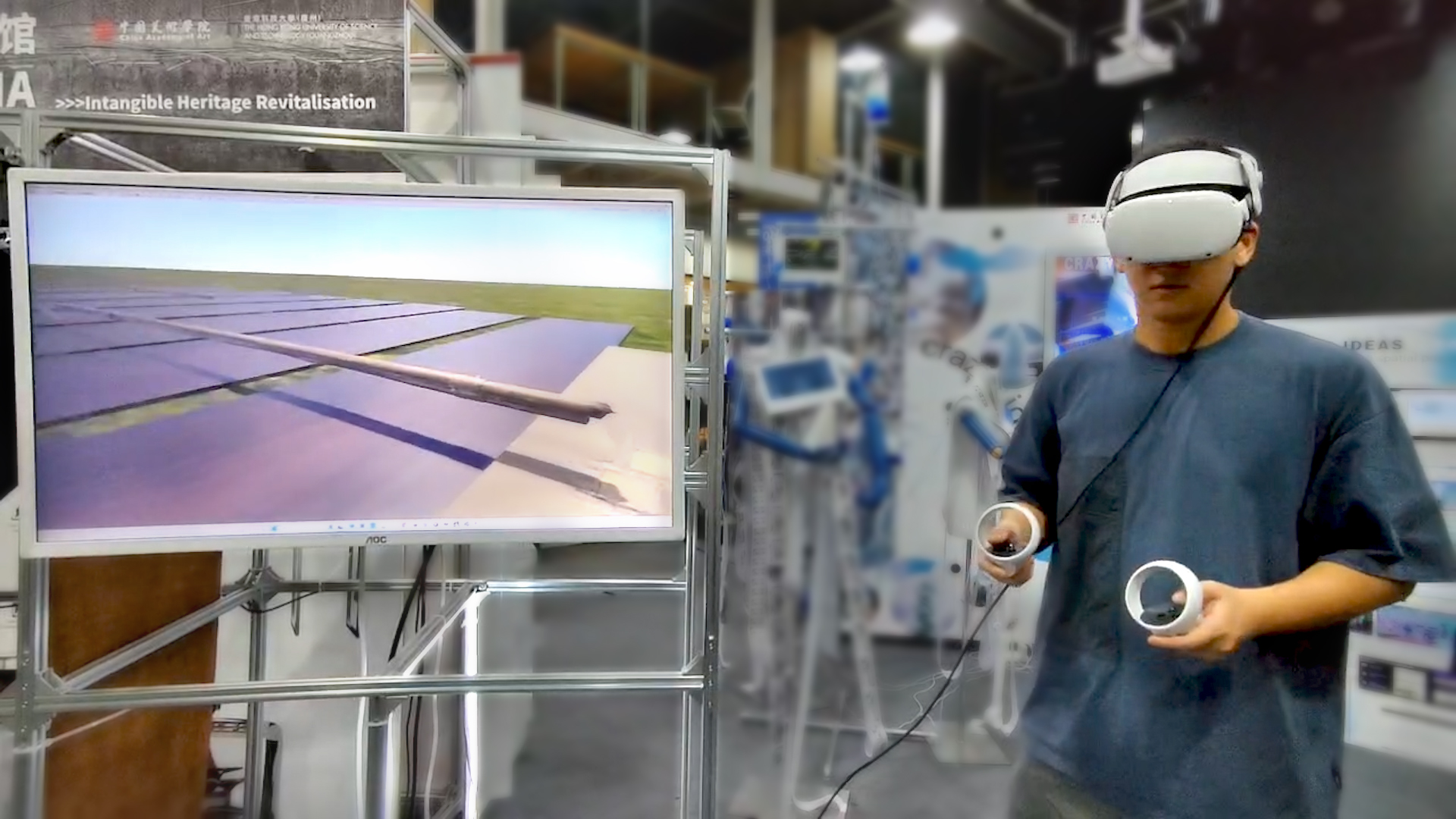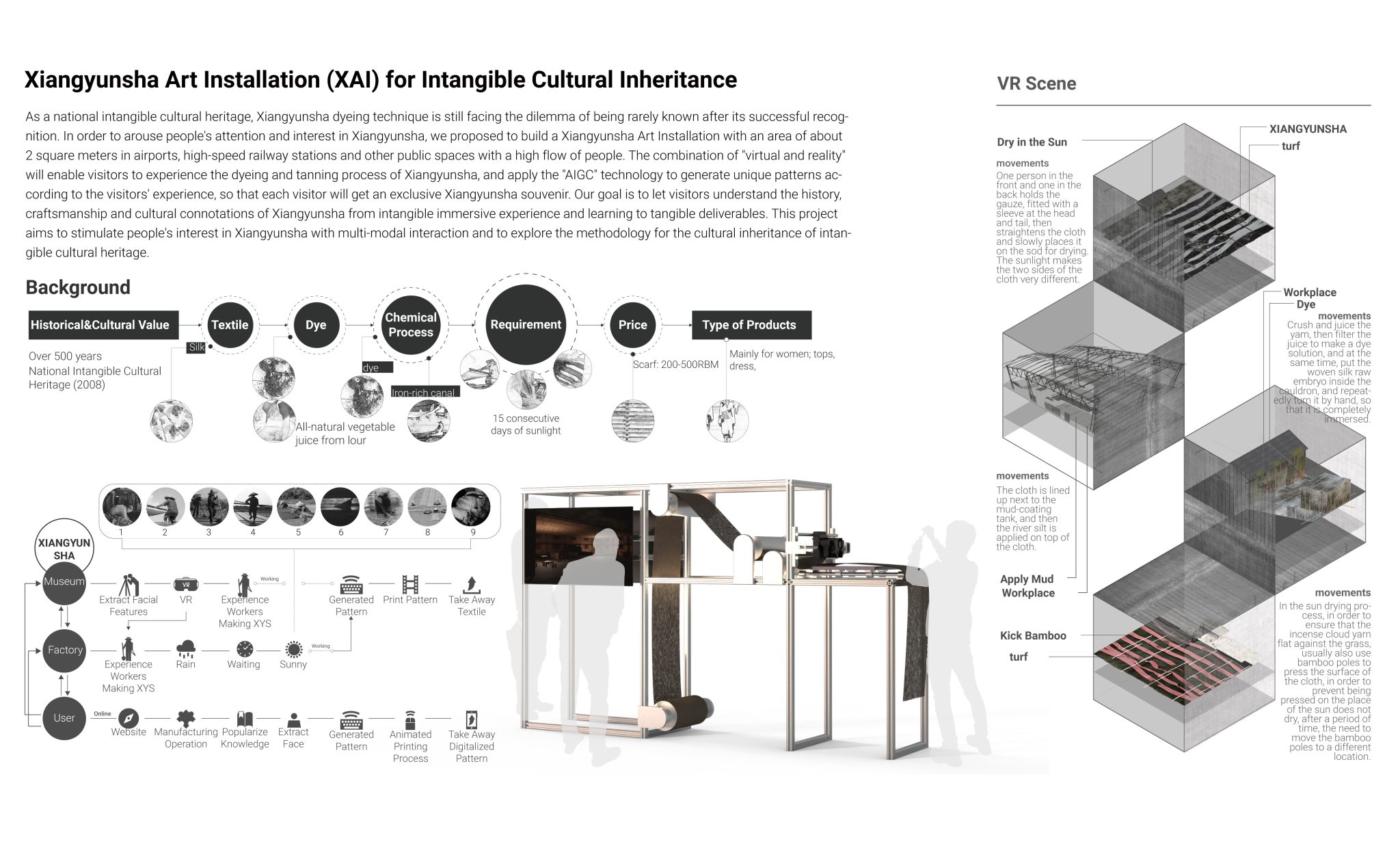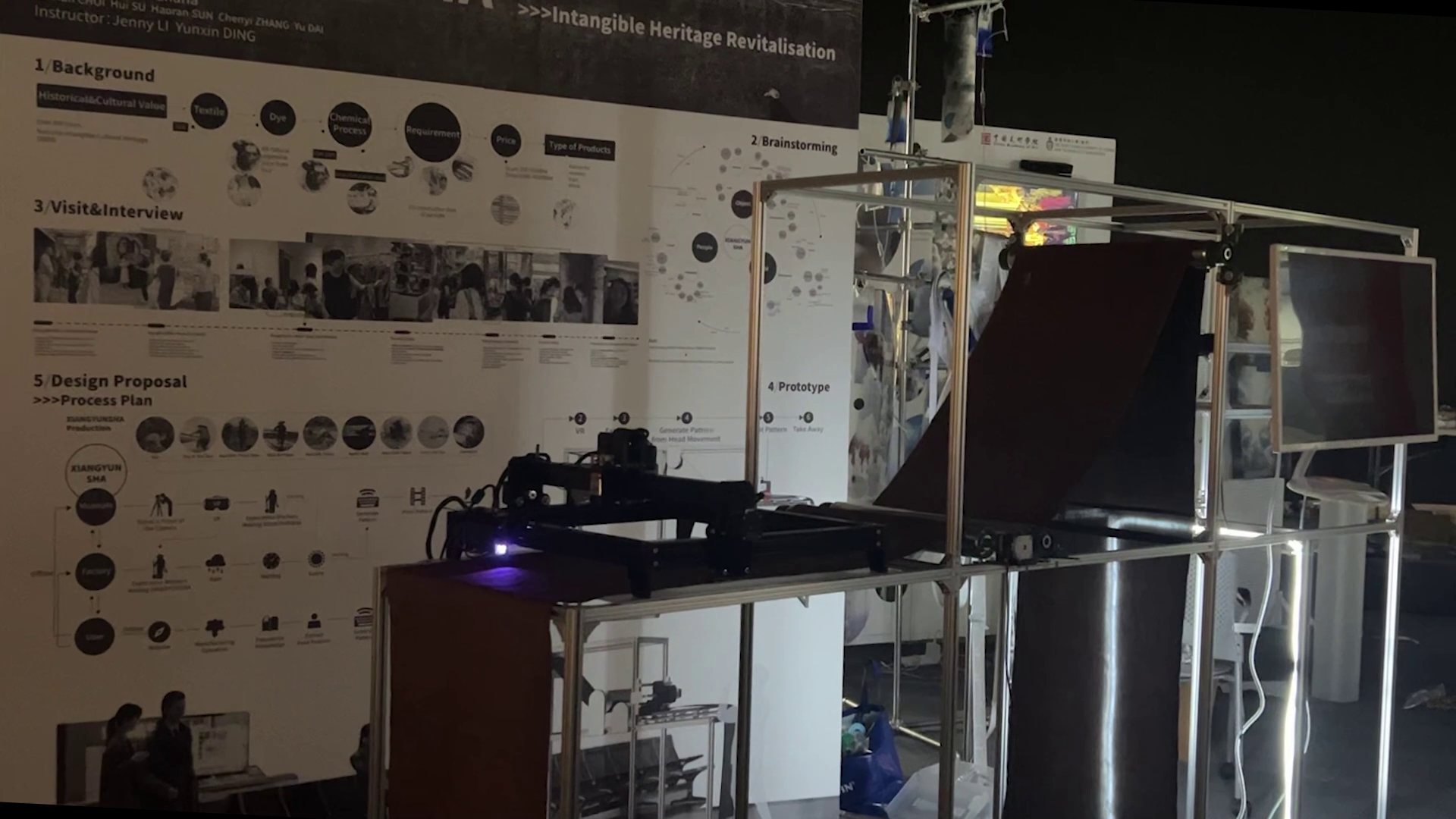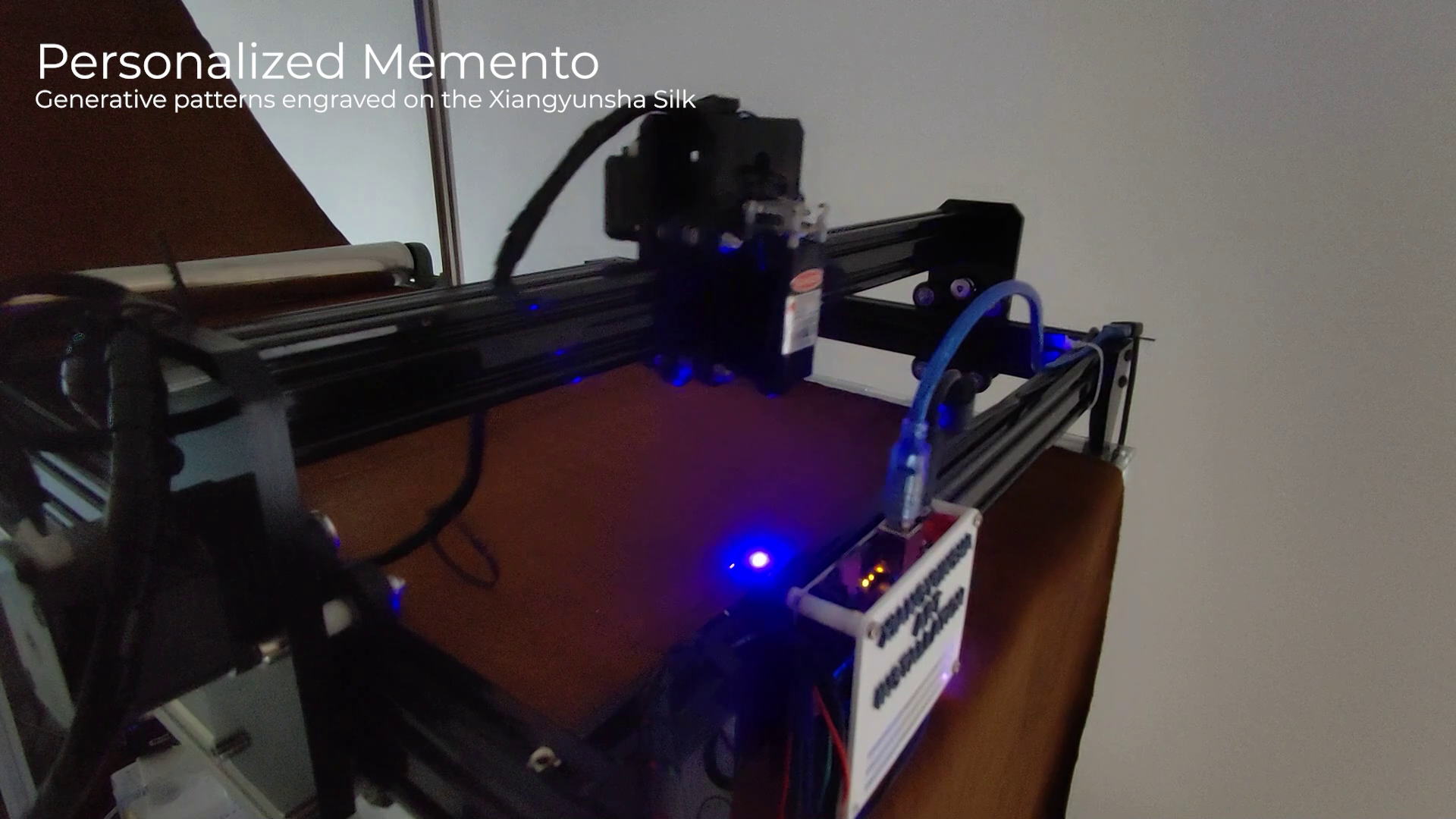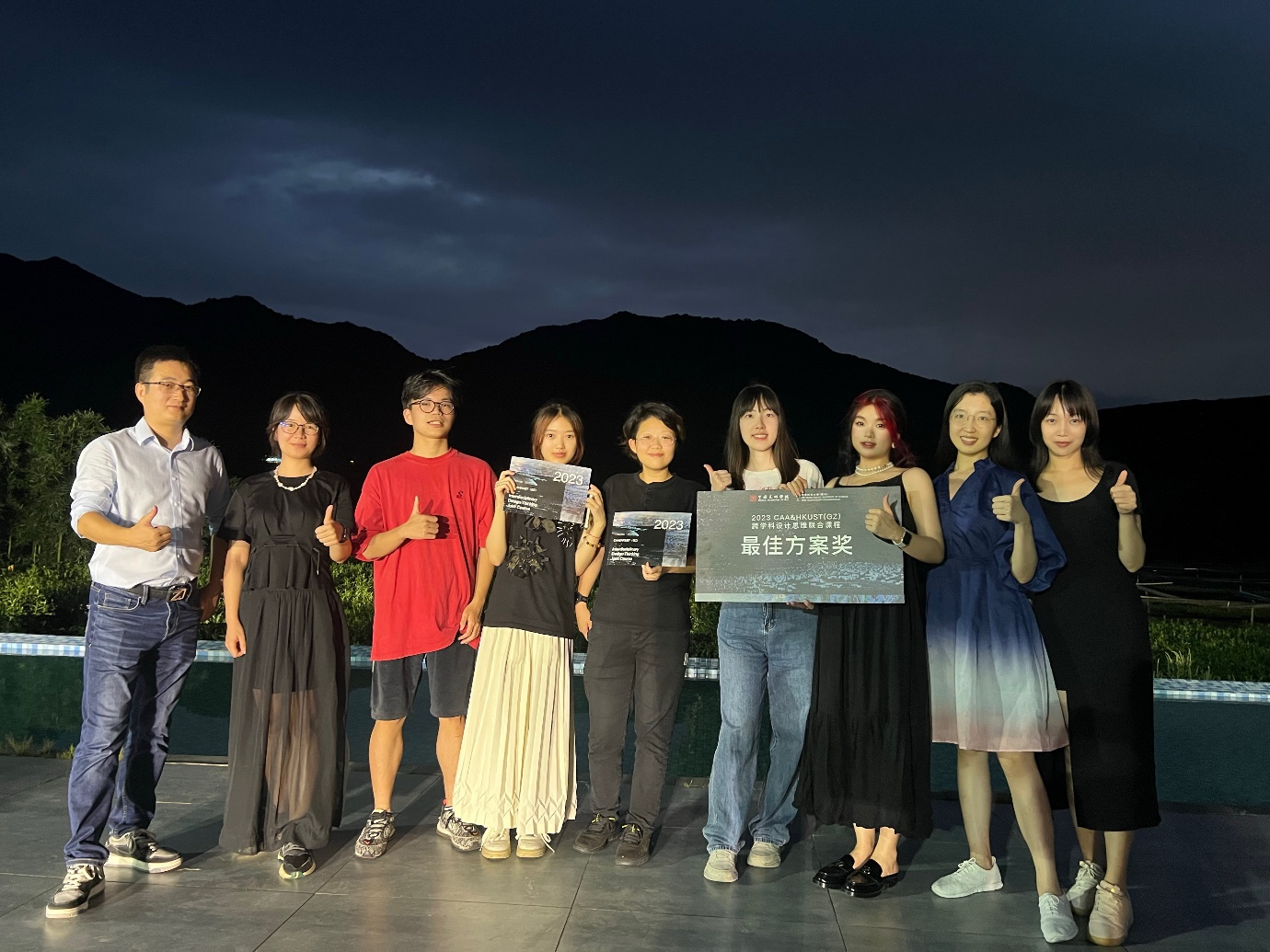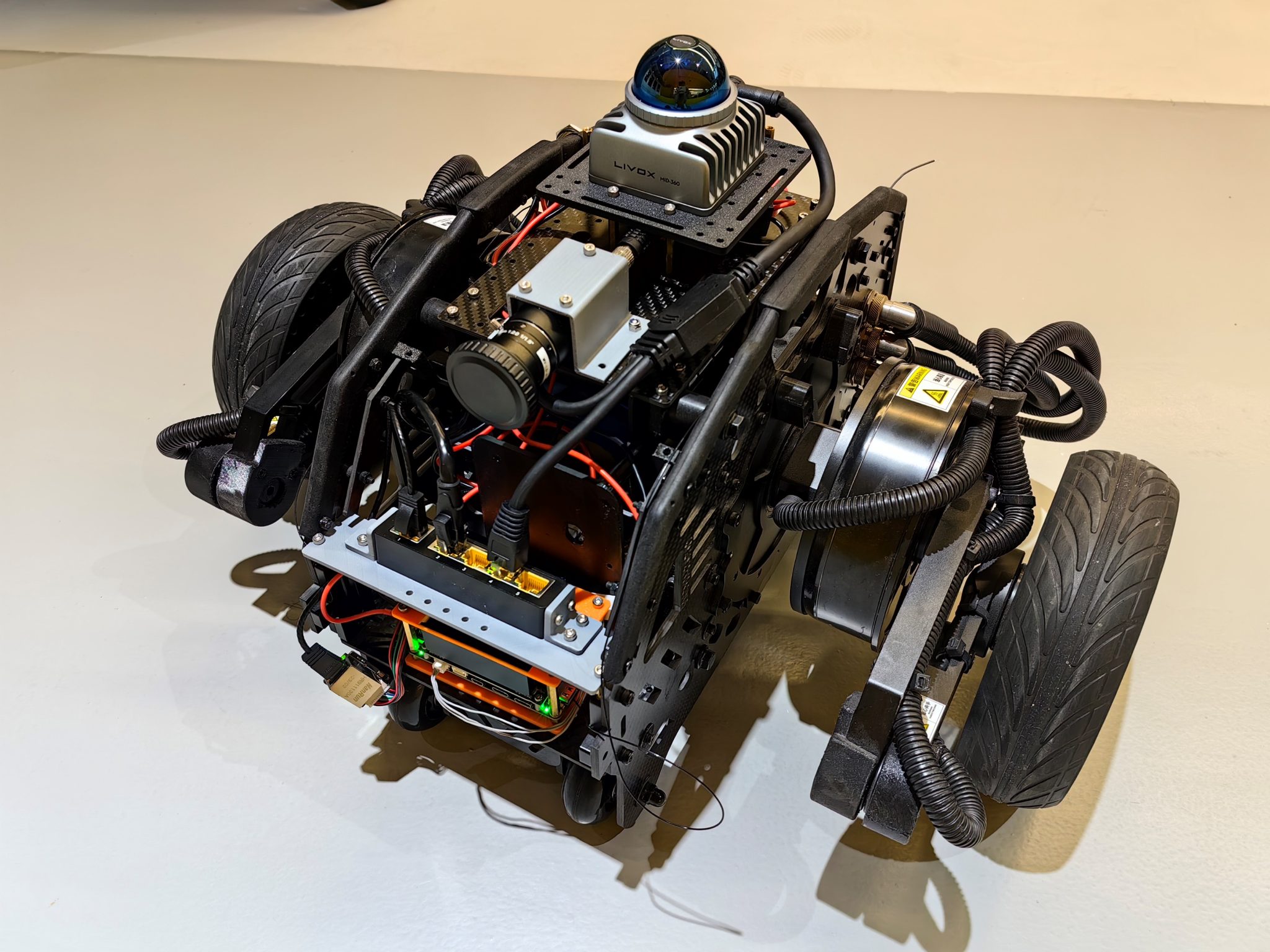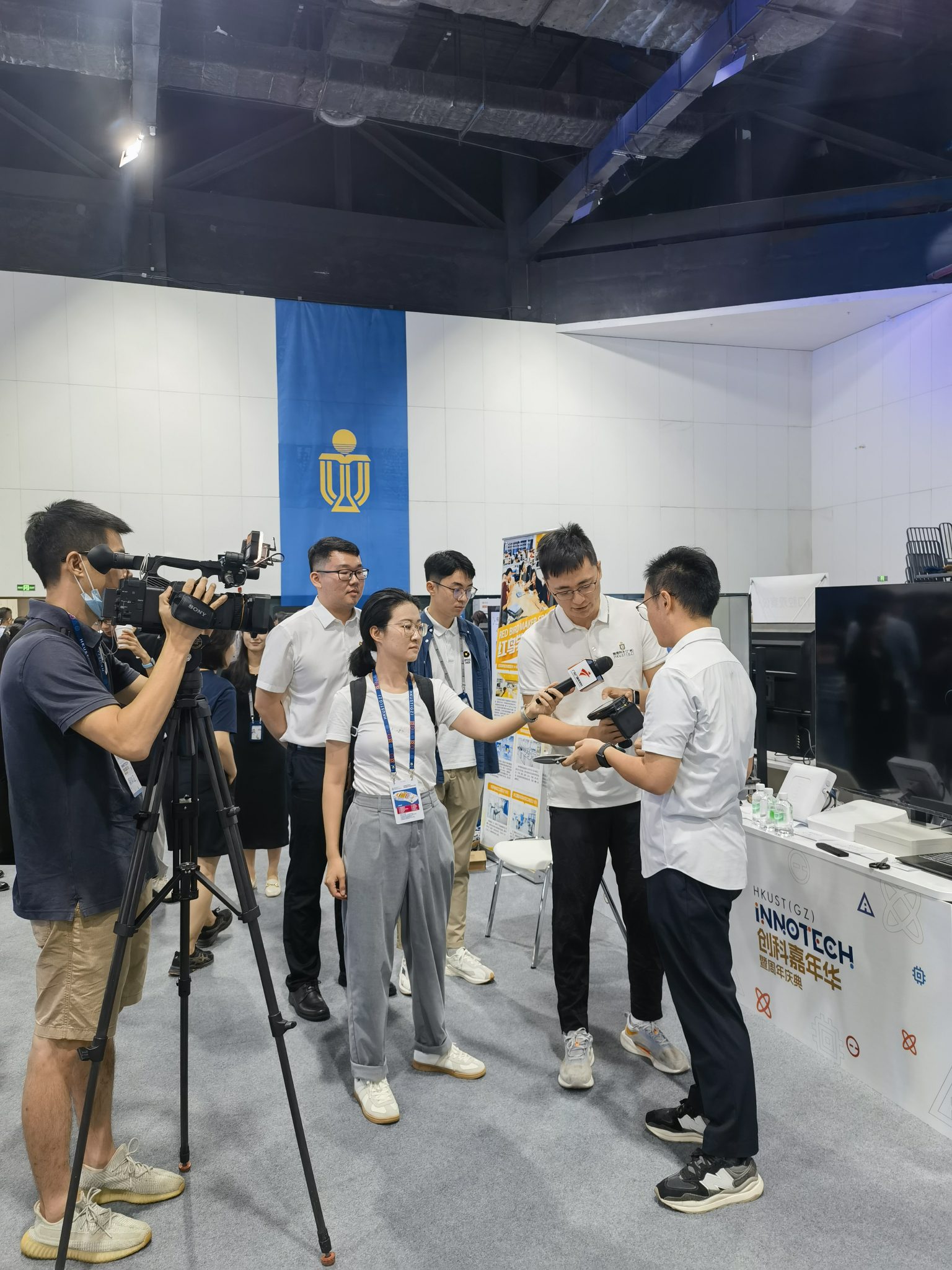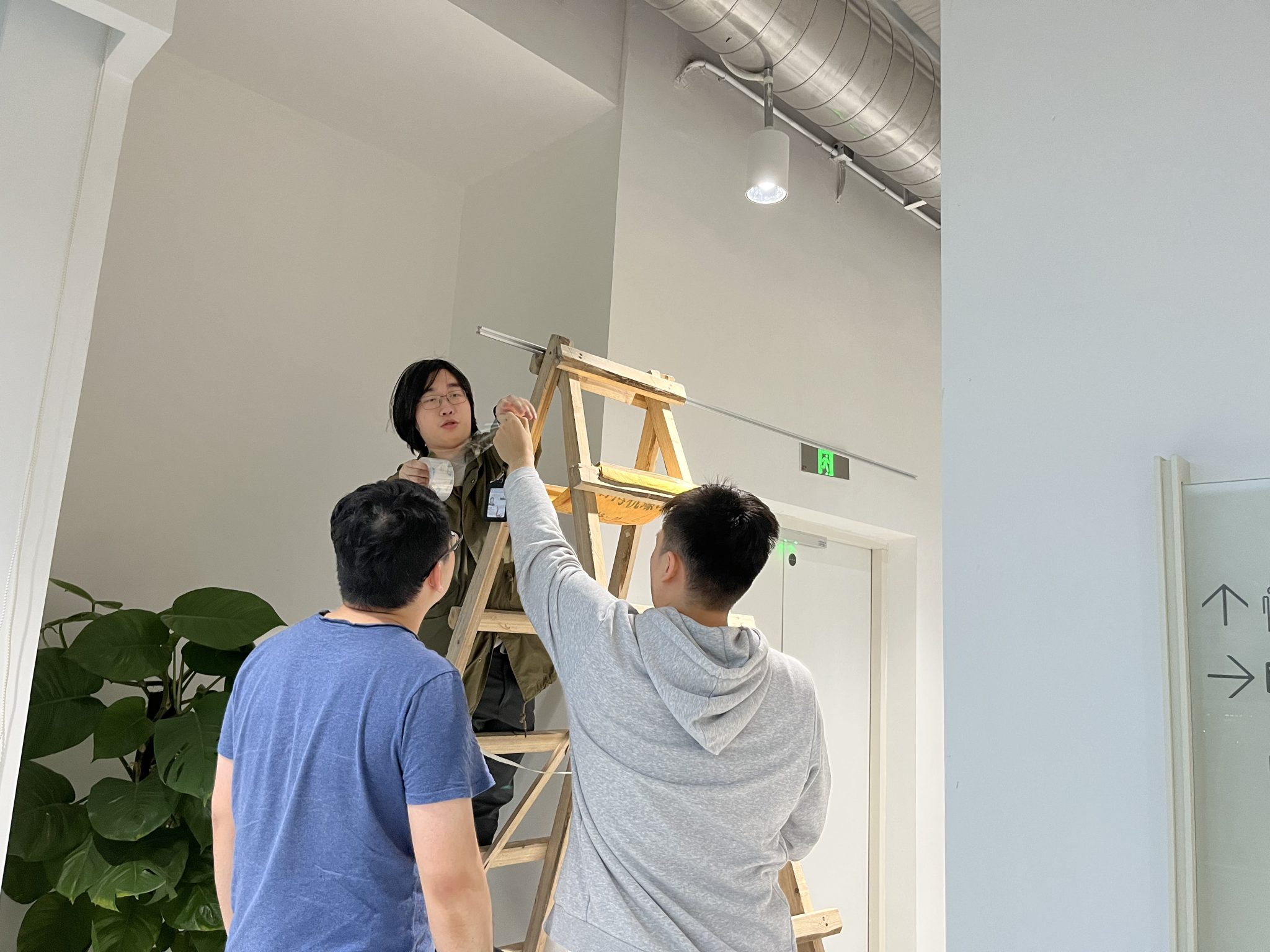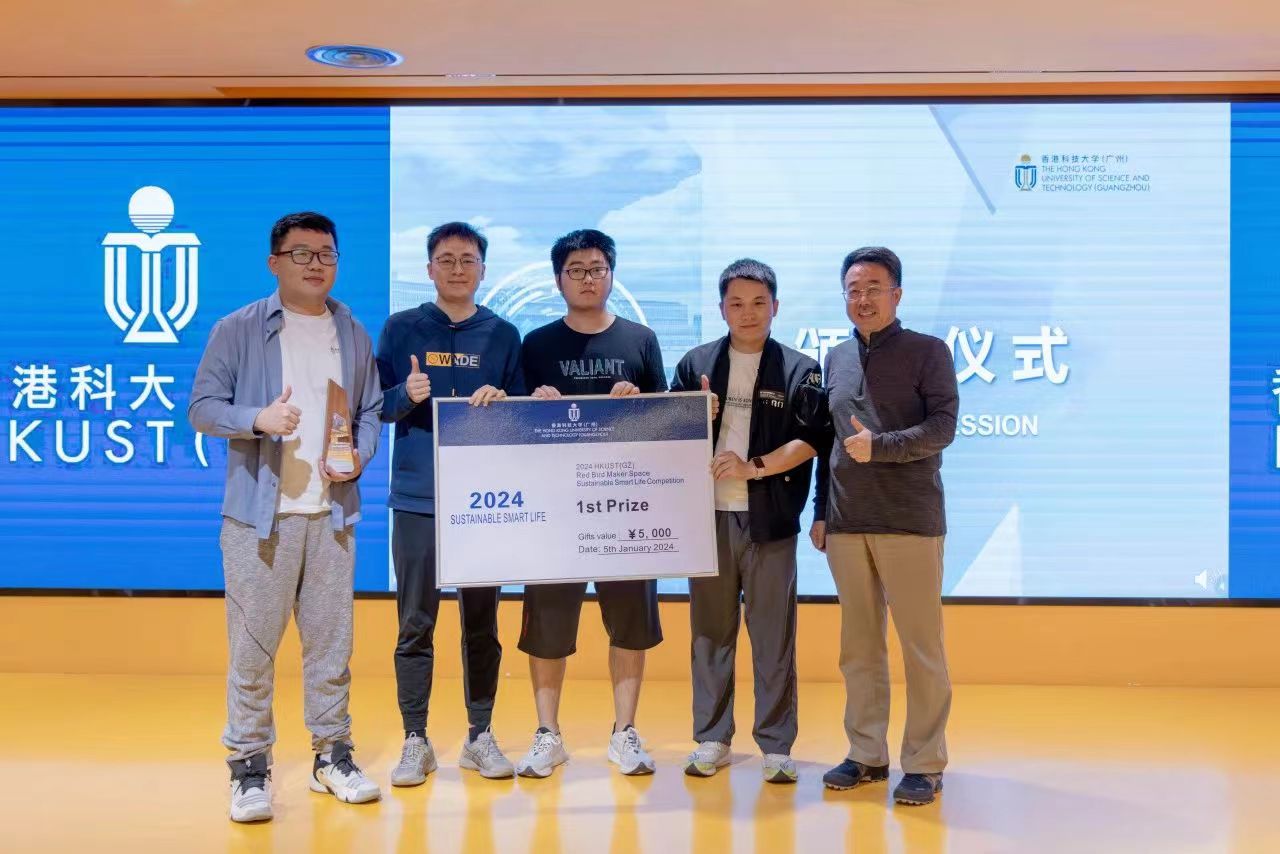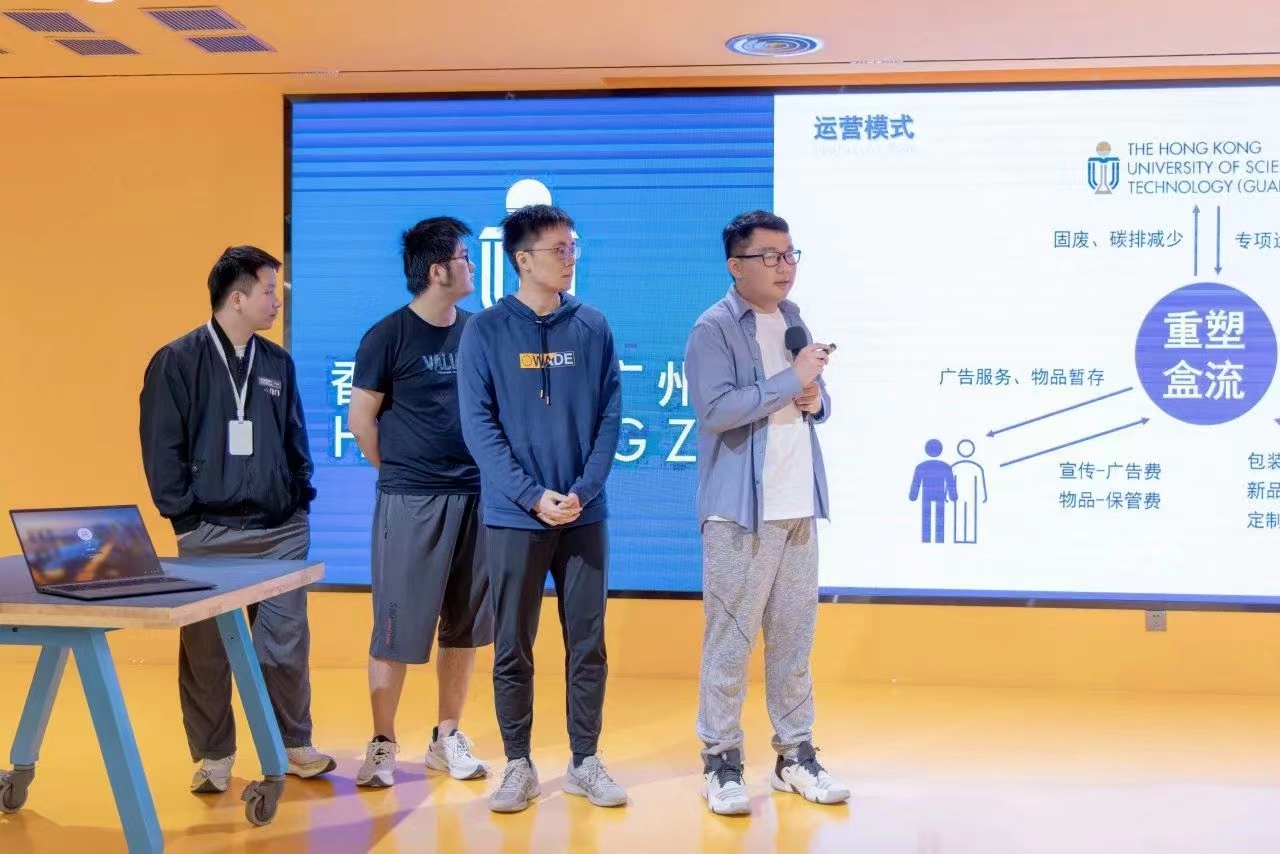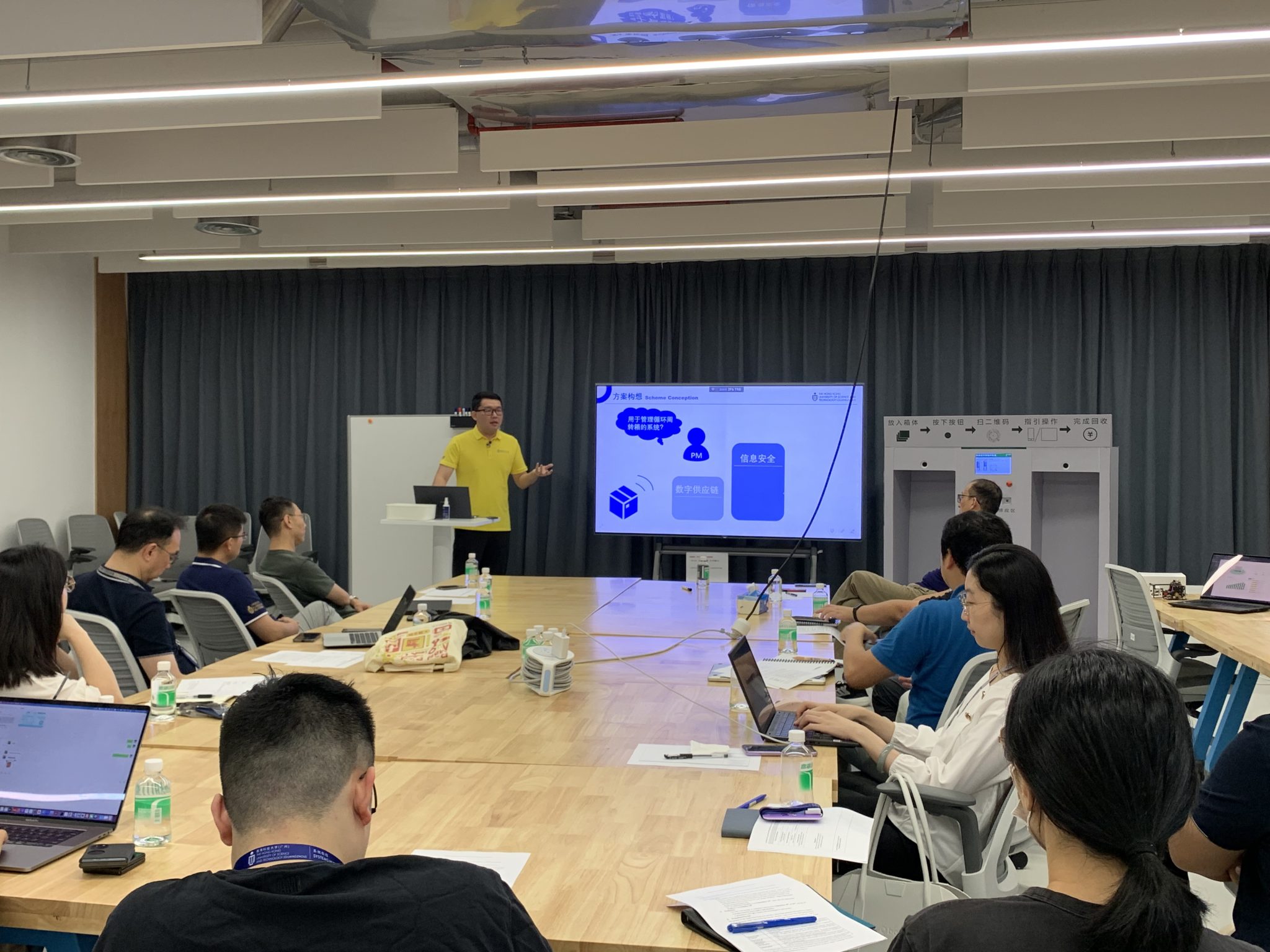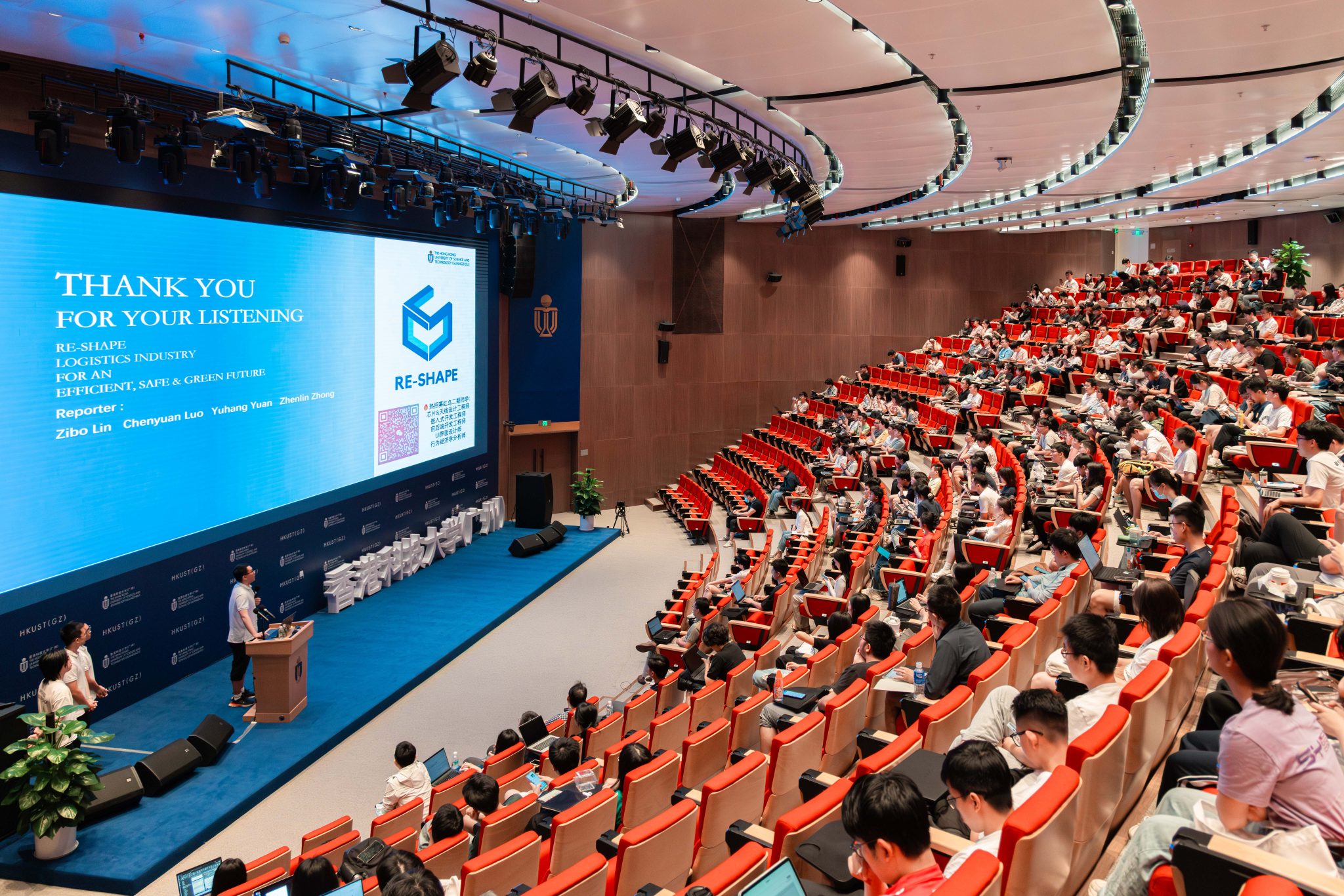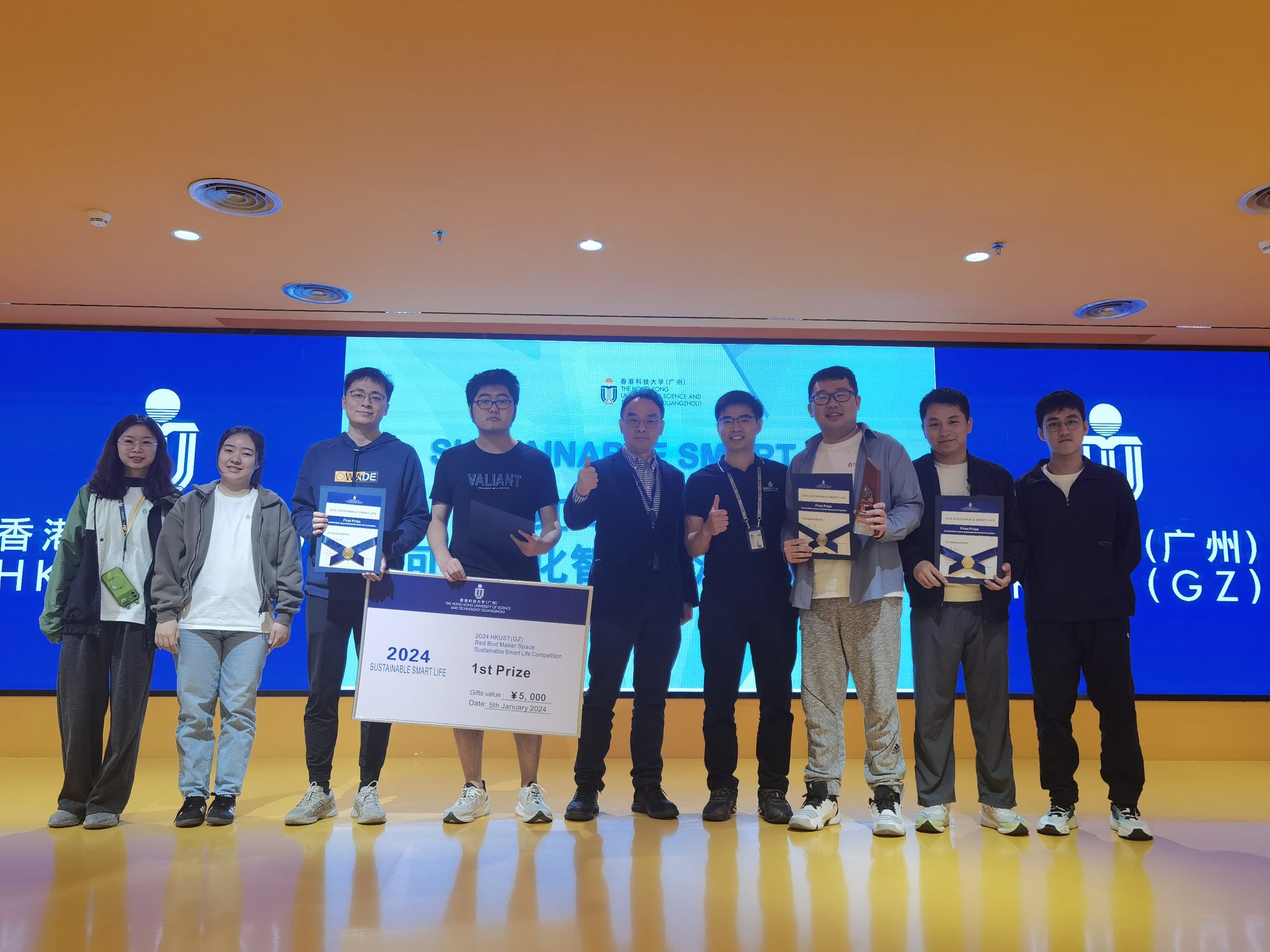Project Team
Project Manager
Prof. Kang ZHANG
Project Supervisor
Prof. Jinni ZHOU, Prof. Beijinni LI
Team members
Ka Man CHOI, Yu DAI (Hong Kong University of Science and Technology (Guangzhou));
Hui SU, Haoran SUN, Chenyi ZHANG (China Academy of Art)
Disciplines Involved
Hong Kong University of Science and Technology (Guangzhou) & China Academy of Art Joint Design Thinking Program
Project Summary
Background
As a national intangible cultural heritage, Xiangyunsha Dyeing and Coating Technique is still facing the dilemma of being rarely known to the public, especially the young generation. To arouse people's attention and interest in the intangible cultural heritage, we proposed to set up an Xiangyunsha Art Installation with an area of about 2 square meters in public areas, like airports and high-speed railway stations, to promote the values of Xiangyunsha to visitors and local citizens. The combination of "virtual and reality" enables users to experience the intricated dyeing and coating process of Xiangyunsha. By combining these with AIGC technology, unique patterns will be generated according to the user’s VR exploration, so each user will get a personalized Xiangyunsha memento. The goal is to let users understand the history, craftsmanship and cultural value of Xiangyunsha through immersive experience and interactive learning, to stimulate people's interest and explore the methods of cultural inheritance of intangible cultural heritage.
Methods and Technology
The project utilizes a linear interactive timeline, combining virtual reality, generative art, and laser engraving to form a Xiangyunsha moving installation. Using VR, the geographically and time-bound process of making Xiangyunsha becomes virtual and gamified for the audience to experience. The method simulates the time it takes for the craftsmen to wait for the weather integrating the 5 main making steps in the production process, allowing the audience to feel the value of the craft better. More importantly, the user must complete the entire making experience to generate and engrave a personalized memento, symbolizing the preciousness of craftsmanship behind Xiangyunsha.


Group Deliverables
Through interdisciplinary collaboration, students from different thrusts and backgrounds such as Computational Media and Arts, Electrical Engineering and Design, integrated with Virtual Reality, Generative Art and Laser Engraving technologies, successfully developed an Interactive Installation for Xiangyunsha. We aim to break the limitations of time and weather, so users and audiences can understand the value of the intangible cultural heritage and preserve this sustainably. The interaction not only aims to stimulate interest in the culture of Xiangyunsha but also innovate the method of dissemination and transmission of intangible cultural heritage.
Deepening our knowledge in our respective areas of expertise, we learned from each other's specialized skills. In an interdisciplinary and collaborative environment, we worked together to understand and integrate knowledge and techniques, which facilitated the multi-directional implementation of the project. With design thinking strategies, we went back and forth between problem definition, understanding stakeholders, and idea and prototype development with project planning, execution, and evaluation. We enhanced our project management skills, including time management, resource allocation, and task coordination, to ensure that projects were completed on time, which was 2.5 weeks for brainstorming and planning and only 1.5 weeks for implementation. Confronting technical and design challenges, we demonstrated creative thinking and problem-solving skills, where we successfully applied virtual reality, generative art and laser engraving techniques to balance our technological integration and aesthetic concerns.
In addition, we trained our communication and presentation skills in project collaboration and presentations, not only in our team but also externally for interviews on the streets. Through the in-depth research of Xiangyunsha, we are interested in exploring new methods of inheritance on intangible cultural heritage.

Messages from the team
Applying technology and interaction, we hope to integrate technology to pass on culture from understanding existing problems and personas, rather than replacing craftsmanship itself with technology.
– XAI Group
Project Team
Project Manager
Prof. Kai Zhang
Project Supervisor
Prof. Jinni Zhou
RBM 1st Cohort
Academic Supervisor(s)
Team members
Kai ZHANG, Chengyang LI, Guoyang ZHAO, Yujie ZHOU, Mandan CHAO
Project Summary
Background
Unmanned patrol vehicles represent a significant advancement in the field of security and surveillance. These systems are designed to operate without direct human intervention, by leveraging sophisticated automation technologies. The development of Unmanned patrol vehicles addresses the growing need for efficient, continuous, and reliable surveillance in various settings. By reducing the reliance on human patrols, these vehicles enhance safety, reduce operational costs, and provide real-time data collection and analysis.
Methods and Techonology
Localization and Mapping - Use multi-modal sensor data to generate motion estimation and a 3D map of the environment.
Perception - Use deep learning to interpret the environment and recognize objects.Planning and Control - Make the robot move without collision.
Group Deliverables
All members of the group obtained extensive training from hands-on hardware and software development of an autonomous vehicle. We have practically expereinced a long-term team project involving the application of a large range of skill set and knowledge discipline.
Project Video
Project Team
Project Manager
Prof. Jingshen WU
SMMG
Project Supervisor
Dr. Ke XUE
RBM
RBM 1st Cohort
Academic Supervisor(s)
Team members
Zibo LIN, Yuhang YUAN, Chenyuan LUO, Zhenlin ZHONG
RBM 2nd Cohort
Academic Supervisor(s)
Team members
Minghao SHAO, Hongda HUANG, Linxue TONG
Project Summary
Background
The widespread application of disposable packaging such as corrugated cardboard boxes in logistics has greatly facilitated people's production and life. However, the large amount of packaging waste generated poses a challenge to the sustainable development of human society. In response to the current high economic cost and significant environmental impact of disposable logistics packaging, this project aims to achieve packaging reduction and greening in various logistics scenarios through recyclable digital logistics turnover boxes. It also aims to improve the efficiency of the logistics system by coupling RFID and other IoT technologies with big data analysis, thereby achieving the goal of cost reduction, carbon reduction, and efficiency enhancement.
Methods and Techonology
The project's initial aspiration is to offer a suite of eco-friendly and intelligent logistics packaging solutions to the industry. It is designed systematically and encompasses a comprehensive layout of key nodes across the entire industry chain, such as material modification, equipment manufacturing, chip design, and the establishment of logistics systems. The project aims to tackle each critical node with small teams of two to three members, facilitating a chain-like synergy of innovation.
Group Deliverables
Through preliminary division of labor and field research, the team designed and initially set up a smart packaging management system based on recyclable turnover boxes for the campus food delivery scenario, reducing the use of disposable plastic bags and enabling the circular use of delivery packaging. The project won the first prize in the Campus Sustainable Smart Living Competition and was highly praised by the judges.
In the various stages of project initiation discussions, field research, plan implementation, and project roadshows, students from different academic backgrounds actively engaged in discussions, generating many sparks of inspiration. Guided by the mentors of the project team and through the concerted efforts of the students, students with a background in business and social sciences have gained a clearer understanding of how to progressively implement a project through technology and design. Students with a background in science and engineering have also learned more about considering the costs of project implementation and the potential for future commercial value in the process.
